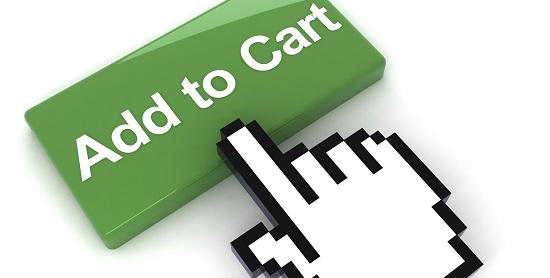What consumers love & hate about websites
What consumers love & hate about websites
Head of User Insight, Jeremy Marshall, writes for Marketing Week.
So how do you find out whether your website is one visitors love or hate? Seems pretty obvious, doesn’t it? Ask them. But how you ask them is the key to getting reliable and usable feedback.

While a site is still on the drawing board, the most common method of obtaining such feedback is through usability testing. Here, a small number of participants perform tasks under the watchful eye of a facilitator and, increasingly, through the use of technology such as eye tracking.
Once a new site has gone live, the most common method for finding out what visitors think is through website intercept or, to use the old name, pop-up surveys. You must have had one of these appear in the middle of your screen as you visit a website ? they?re about as welcome as a parking ticket.
Such surveys can be a useful means of gathering information about who is visiting your site and why, but getting users to complete a survey about their visit experience once they’ve left a site (as is the case with pop-up surveys) is like asking someone questions about works of art once they’ve left a gallery. You?ll get general feedback about the exhibits and favourite paintings, but if you were able to ask the same questions to someone standing in front of, say, the Mona Lisa, chances are you would receive much more insightful comments about that enigmatic smile or da Vinci?s brushwork.
The recommended approach
To obtain this type of detailed feedback means asking website users about their experience as they proceed through the site, not after they?ve left. The best way of doing this, in our experience, is through mystery shopping.
It?s a pretty straightforward concept. Ask a group of consumers, typically 50 per site,?to visit a specific website via their home or office computer and provide them with a specific visit scenario, such as looking for a new sofa or car insurance. Then give them a series of tasks to perform. On a transactional site this might take them up to the point of purchase, on an insurance site to getting an online quote. As they progress, ask them to rate key features such as look and feel or ease of use, and get them to supply anecdotal feedback about why they have given a particular score. This will give the website owner vital information about how to improve low scores.
The real value of website mystery shopping, however, lies in the ability to compare results between sites. For example, a survey of home energy websites would enable British Gas to evaluate how its site compares with that?of competitors such as E.ON, EDF or npower on?a broad range of key performance indicators (KPIs).
Through the use of mystery shopping surveys, we have gained a pretty good idea of what consumers really do love and hate about website design. In the past two years alone, 10,000 consumers have evaluated more than 200 websites on our behalf across a diverse range of sectors ? from building societies to bike shops, housebuilders to hotels, and car dealers to price comparison websites.

What consumers hate
When it comes to bugbears, top of the list is clutter. Companies sometimes worry that unless they cram as much information as possible on to the home page, potential customers might not find what they?re looking for, but in reality consumers loathe it.
Next on the list are inappropriate ? as in too garish or too dull ? colour schemes. In third place comes Flash, which gets the thumbs down for being distracting, slow to load, and full of panels that change too fast to be readable.
To anyone who has booked cheap flights online, the fourth gripe will come as no surprise ? it?s the addition of extra charges as you go along. Consumers want to be told from the outset what a product or service will cost in total, with delivery and other charges included, rather than partway through a lengthy purchase. They want the costs of any extras to be stated clearly and to be offered an easy way of opting out of these.
What consumers love
Not surprisingly, the features consumers love are the exact opposite of those they hate. One of the most important ways of creating a welcoming first impression is to achieve the right colour scheme ? so be bright without being overpowering and try not to be dull.
Consumers also like simple designs, straightforward layouts, clear headings and tabs placed in logical positions. They value ease of search options and easy-to-understand navigation, and they appreciate high-quality photos and illustrations.
Faced with lists like these, we don?t underestimate the challenges facing website designers. That?s particularly true in the new multichannel world, where consumers expect of websites the same seamless user experience whether they?re on their desktops, laptops, tablets or mobiles, and whether they?re at home, in the office, on the move or in-store.
What good research can do, however, is boost the chances that your site will be one that consumers love, not loathe.




